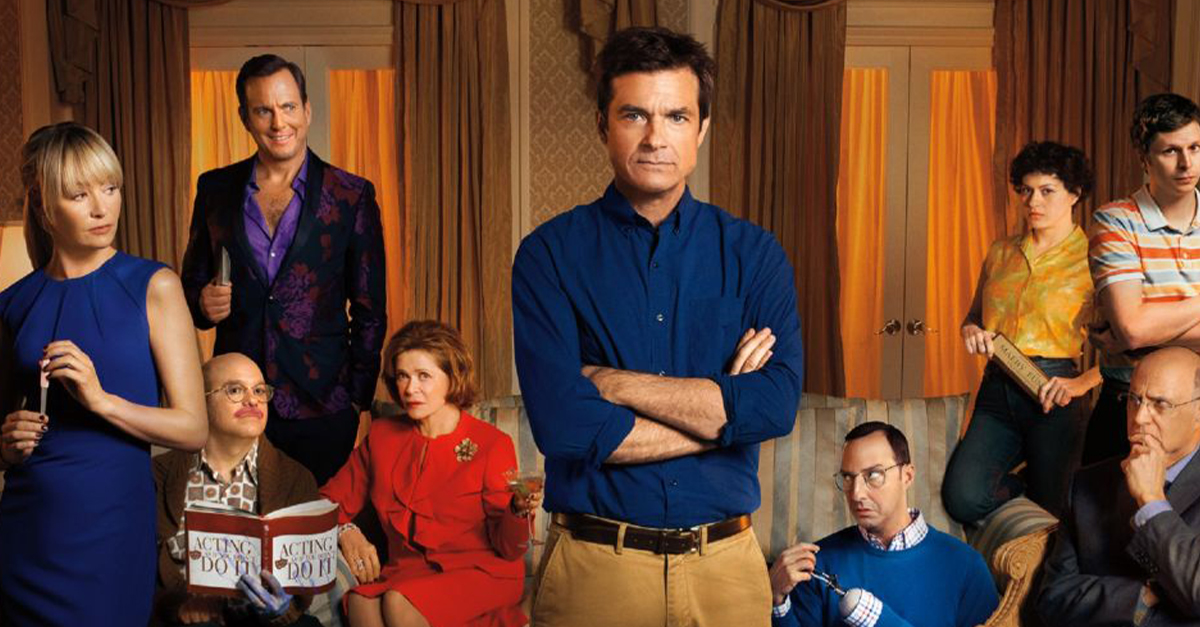Each year, millions of viewers around the globe tune into the Oscars to see which of their favorite films will take home the coveted golden statue. But have you ever wondered what the process is behind selecting the winners for each category? Here's a look inside the intricate Oscar voting system. Red Carpet Report | Flickr
Red Carpet Report | Flickr
The nominations
The Academy Awards employ a voting process that considers the input of Academy of Motion Picture Arts and Sciences members. Such a committee consists of industry professionals like actors, directors, and producers who nominate and vote for the winners in each category.
The nomination process starts with Academy members within their branches nominating contenders. Actors nominate actors, directors nominate directors, etc. The only category in which all members can nominate regardless of the branch they're in is Best Picture. Members pick their top choices and the results are reviewed, leading to a list of nominees.
The winners
After the nominees are revealed, the voting process begins to select the winner in each category. In contrast to making nominations, Academy members vote for winners in pretty much all of the categories, regardless of their expertise. Yet, for categories such as Foreign Language Film and Documentary Feature, members are required to confirm they have viewed all nominated films before casting their votes.
The voting process involves a preferential ballot system where voters rank nominees in order of preference, ensuring winners have widespread Academy support and represent the membership's consensus. Additionally, all nominees are guaranteed some degree of backing, which would not be the case if the ballot was not a ranked system.
 Walt Disney Television | Flickr
Walt Disney Television | Flickr
Pros and cons
Here's an example: Say the Academy members have narrowed down five nominees for Best Picture. Each of them will rank the nominees from 1 to 5. If no nominee gets over 50% of first-place votes initially, the film with the least number of votes is removed. Those votes are then redistributed based on second choices until a winner with over 50% is achieved.
The fact that film experts are the ones who make the votes helps strengthen the credibility of the process. Winners are also selected democratically, representing the Academy membership's overall viewpoint. However, the system is far from foolproof. Results can be swayed by several influences such as campaigning, publicity, personal biases, and demographics. Nevertheless, the Oscars continue to be highly respected in the movie industry.








